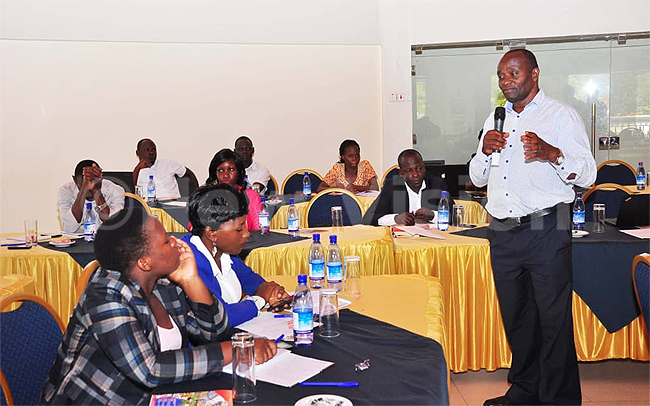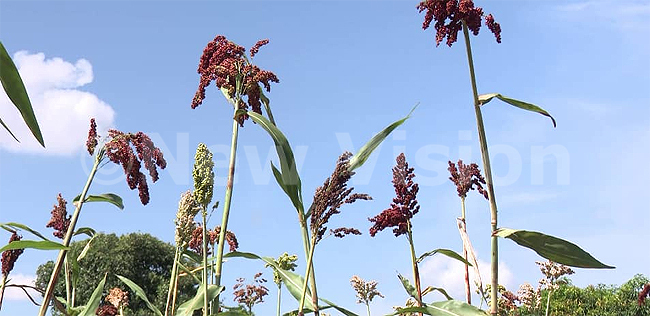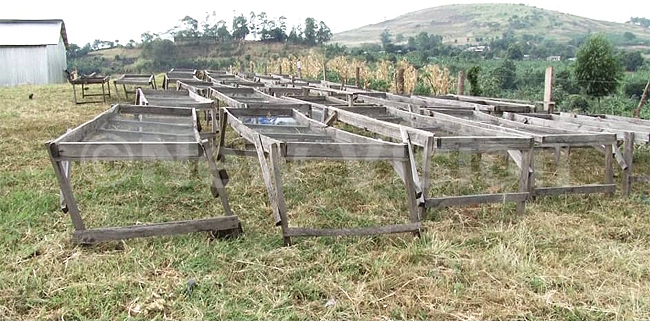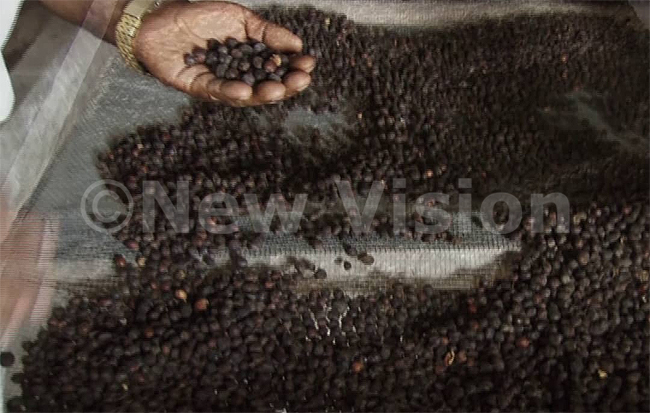Uganda's re-energized campaign against aflatoxins
Animal feeds made from grains with aflatoxins are also harmful to animals.
AGRICULTURE
KAMPALA - Various stakeholders, including the agriculture ministry, have embarked on a sensitisation food safety drive against aflatoxins.
Research groups from Makerere University and the African Union Commission are part of the campaign.
At the launch in Kampala on Wednesday, the discussion pivoted around what causes aflatoxins and how best to deal with them. Beatrice Byaruhanga, the director of agriculture extension services at the agriculture ministry attended the launch.

Prof. Archileo Kaaya of Makerere University training journalists
The poisonous compounds are produced by a certain fungi found in agricultural crops such as maize, peanuts and tree nuts.
They grow on grains that have been poorly handled by farmers, traders and in some cases, consumers.
Grains, including millet and sorghum, can develop moulds at the level of harvest, storage, transportation or processing, especially in conditions of high temperature and relative humidity.
Many of these crops are staple foods in different parts of Uganda.

Sorghum is a common food crop in many parts of Uganda
Dried foods with low moisture content, such as cassava and spaghetti, can become contaminated by aflatoxins.
Both humans and animals are in danger. Health experts worry for increasing risk of liver cancer for humans following eating food with aflatoxins.
"Human health can be affected, leading to reduced immunity, digestive disorders, low birth weight and impaired child growth," said Prof. Archileo Kaaya from Makerere University.
Animal feeds made from grains with aflatoxins are also harmful to animals, leading to low meat and milk producation and death in severe cases.
"Different Ugandan media personnel covering the agriculture beat were provided with vital information about aflatoxins, as well as having a National Action Plan on aflatoxins to combat the challenges," said Wezi Sambo from African Union Commission.

Journalists covering the agriculture beat were provided with vital information about aflatoxins
Aflatoxins are a global challenge, said Prof. Kaaya.
"Developing countries remain gravely challenged largely due to poor and rudimentary methods of food handling, especially by farmers," he told the meeting at Kampala Serena Hotel.
Many farmer practise poor drying techniques for grain crops, including drying on the ground.
Besides, open exposure to dust and other pollutants and drying food on the roof also create an avenue for mould to get into the grains.
Storing grains under humidity conditions and contaminating it with animal waste and other pollutants is also a problem.
So what can farmers do to deal with the poisonous compounds?

You can use drying racks instead of drying your grains on the ground

Part of the sensitisation campaign involves educating farmers on proper post-harvest handling of food stuffs.
Instead of drying the grains on the ground, use drying mats.
For storage, use silos.
Farmers will also be educated on good quality seeds to use to reduce aflatoxin contamination.